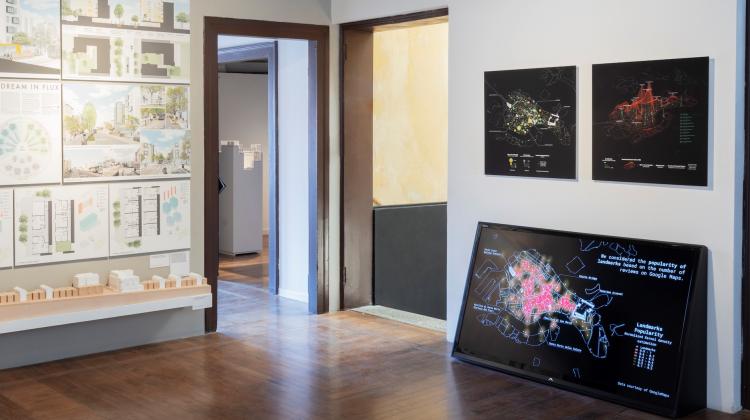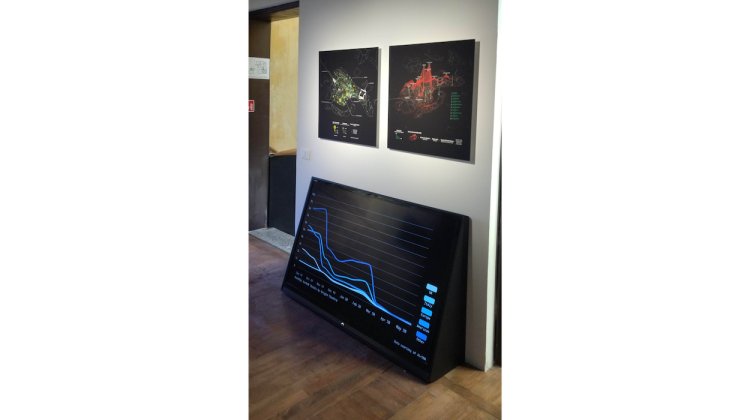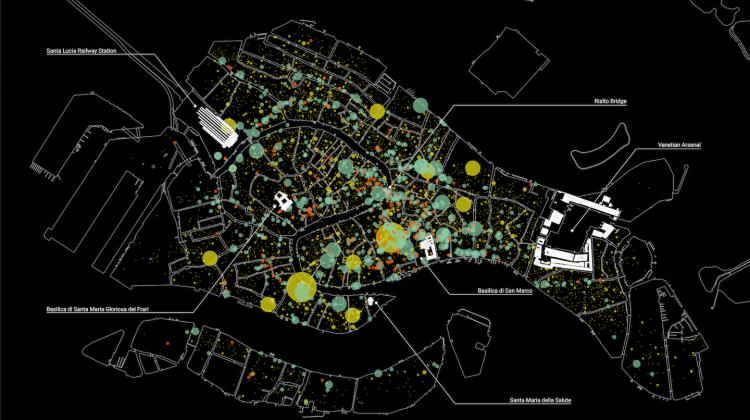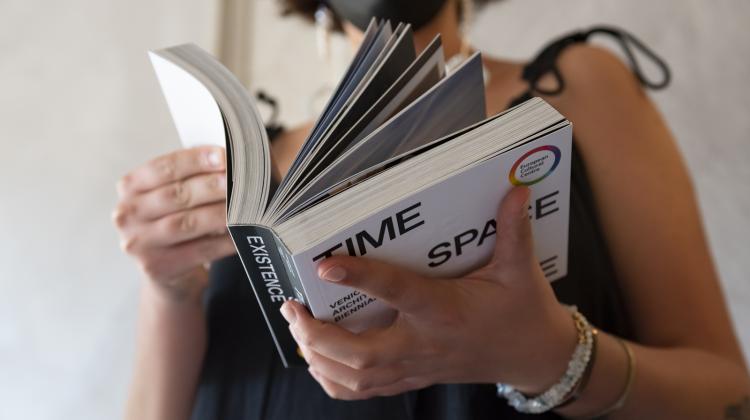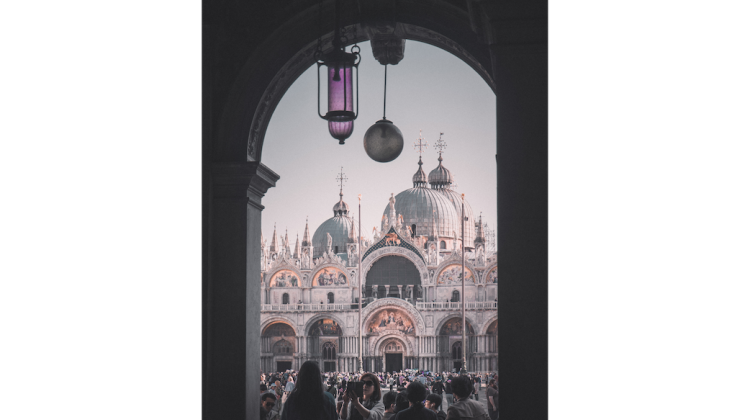The Consumed City
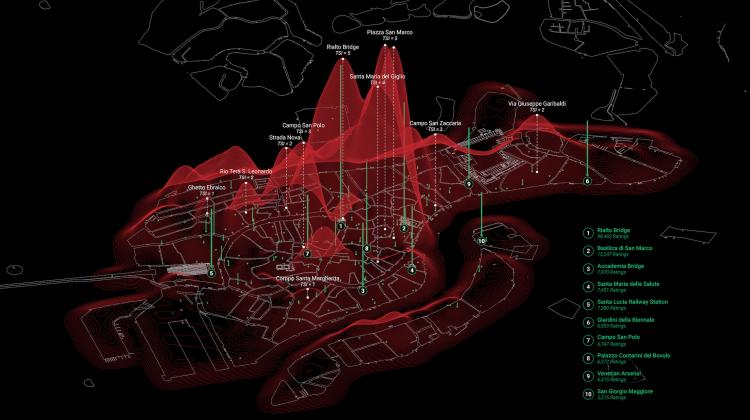
Once the heart of a powerful maritime republic, Venice’s historic city has lost more than 120,000 residents since the early 1950s, driven away by myriad issues, including, more recently, 21st-century mass tourism. These intertwined socio-economic dynamics have put the city of Venice into an existential conundrum: can Venice be both a tourist attraction and a nice place to live?
The strain of mass tourism on historic destinations like Venice has generated a growing debate about a city's responsibility to share its cultural heritage while safeguarding its sense of place for current residents and future generations. Until now, however, spatial data has been underutilized to understand where and at what intensity tourism services (such as souvenir shops, short-term rentals, etc.) cluster in cities.
Through maps and animated visualizations, The Consumed City–an exhibition by MIT researcher Carmelo Ignaccolo currently on view at Palazzo Mora (European Cultural Centre) during the 2023 Venice Architecture Biennale–narrates a spatial investigation of tourism in Venice by harnessing data on lodging (6,642 Airbnb listings, InsideAirbnb), dining (997 restaurants, Tripadvisor), and shopping (226 tourist-oriented stores, Google Points of Interest).



